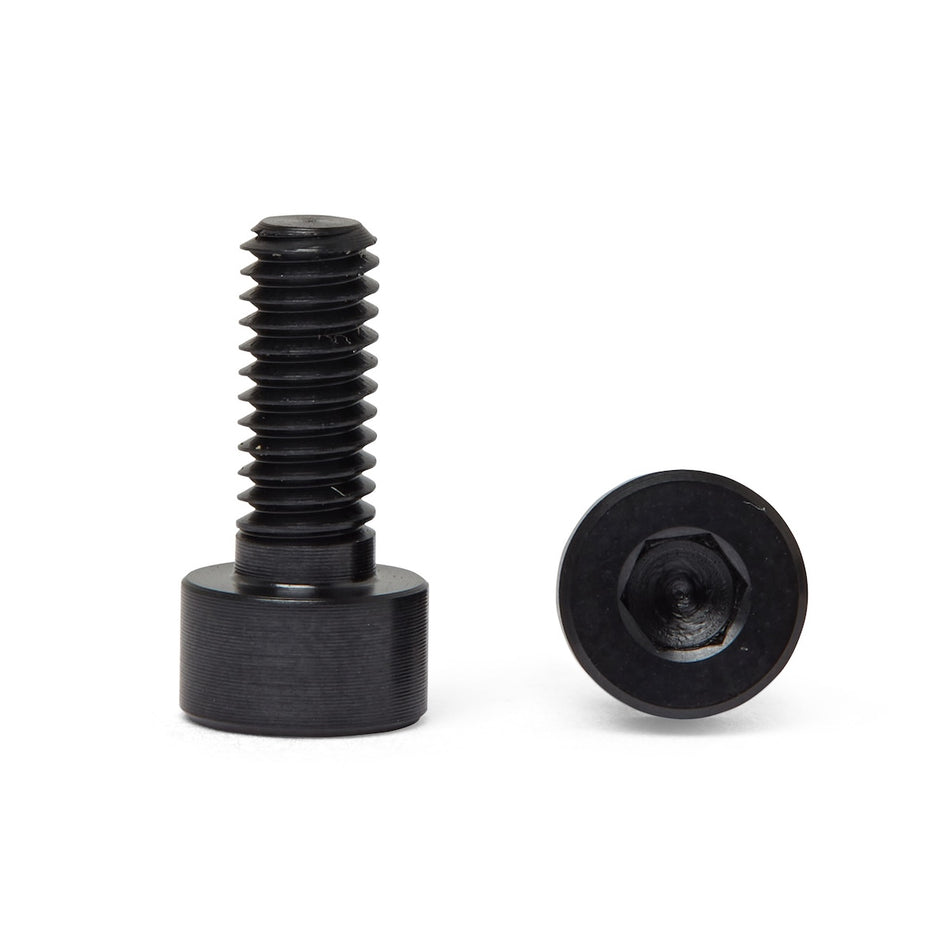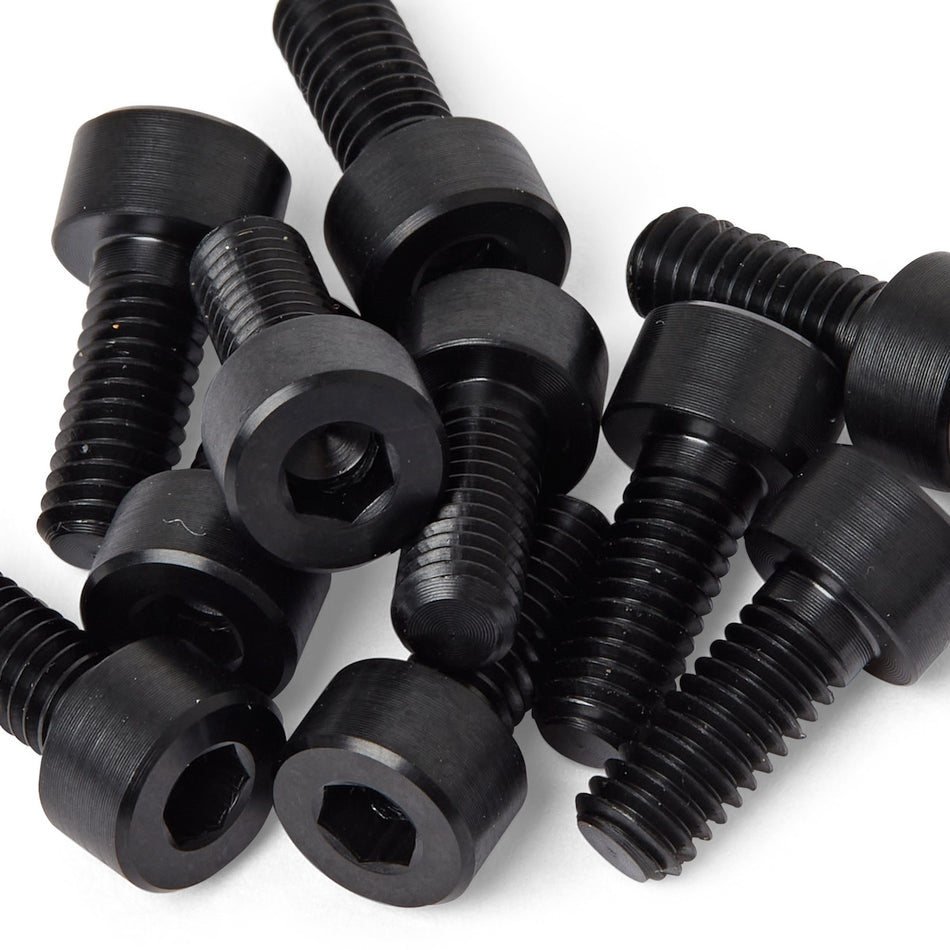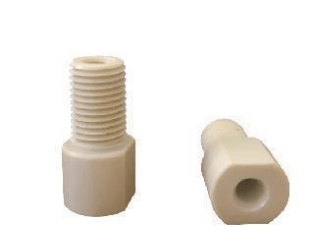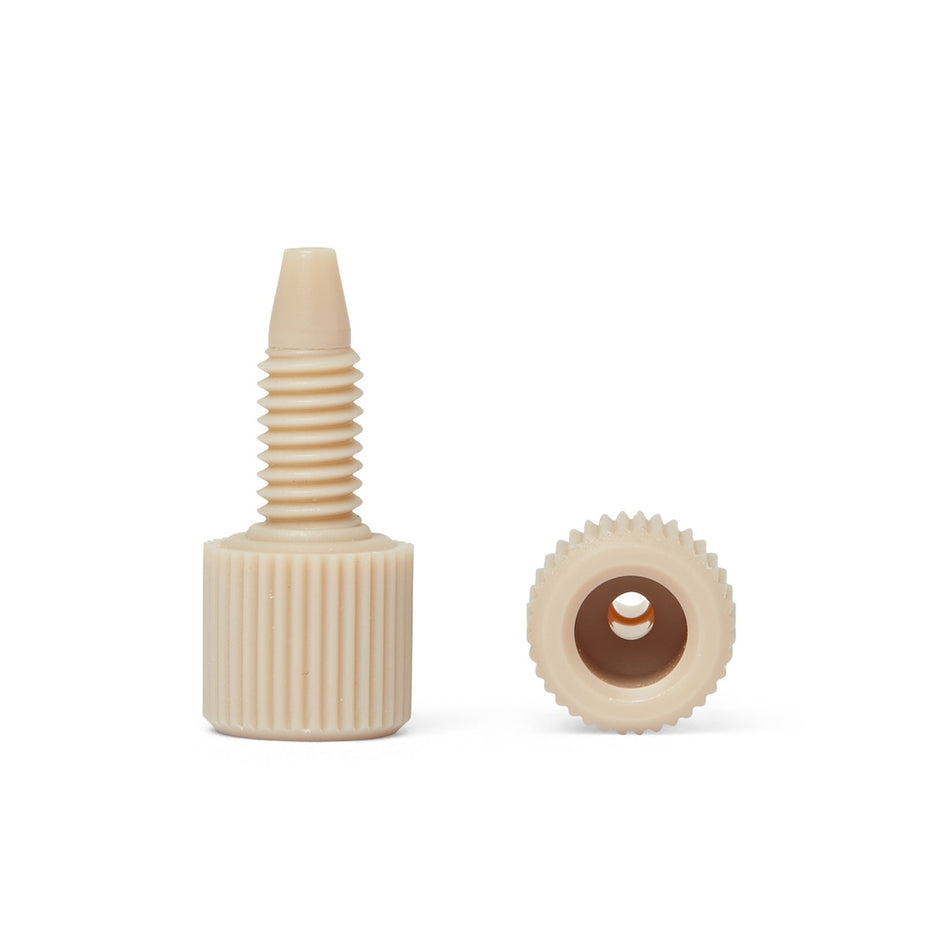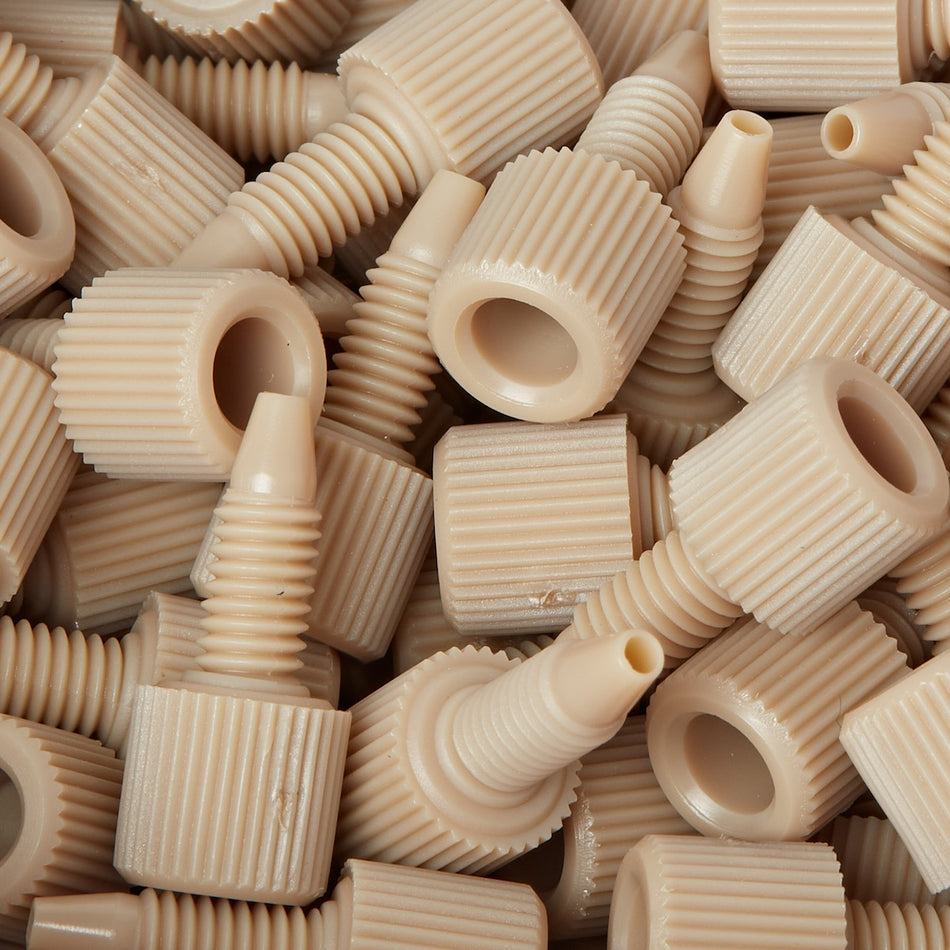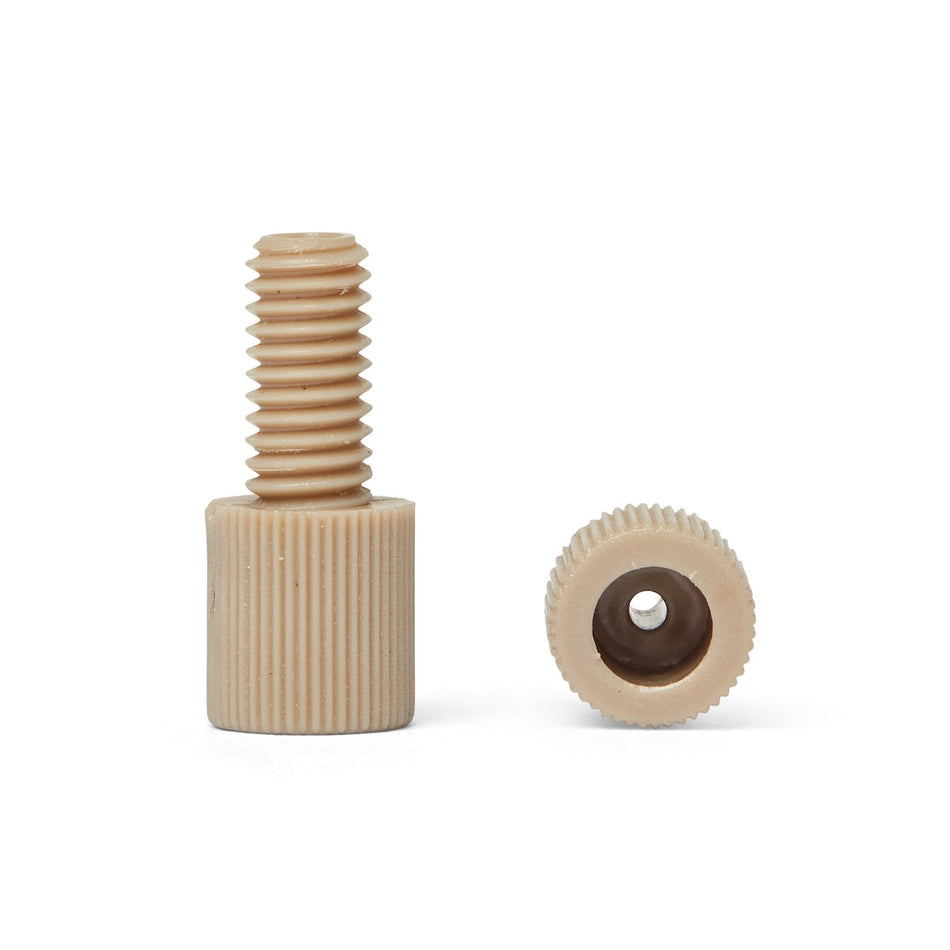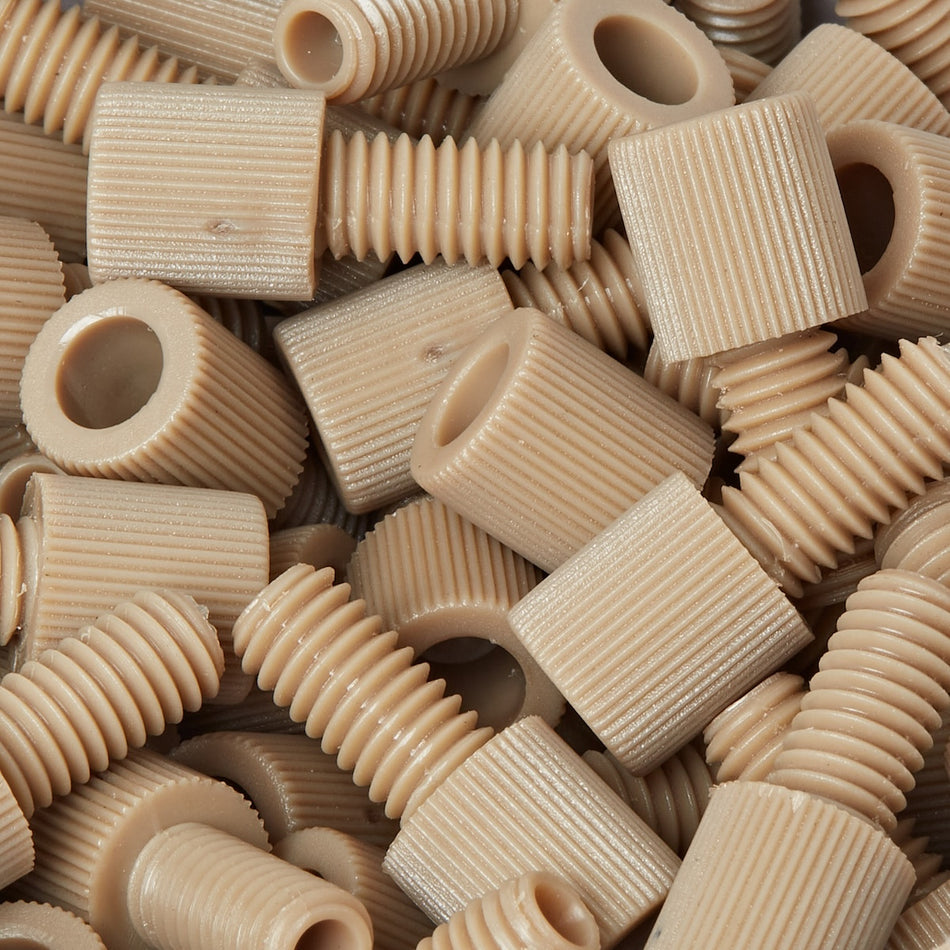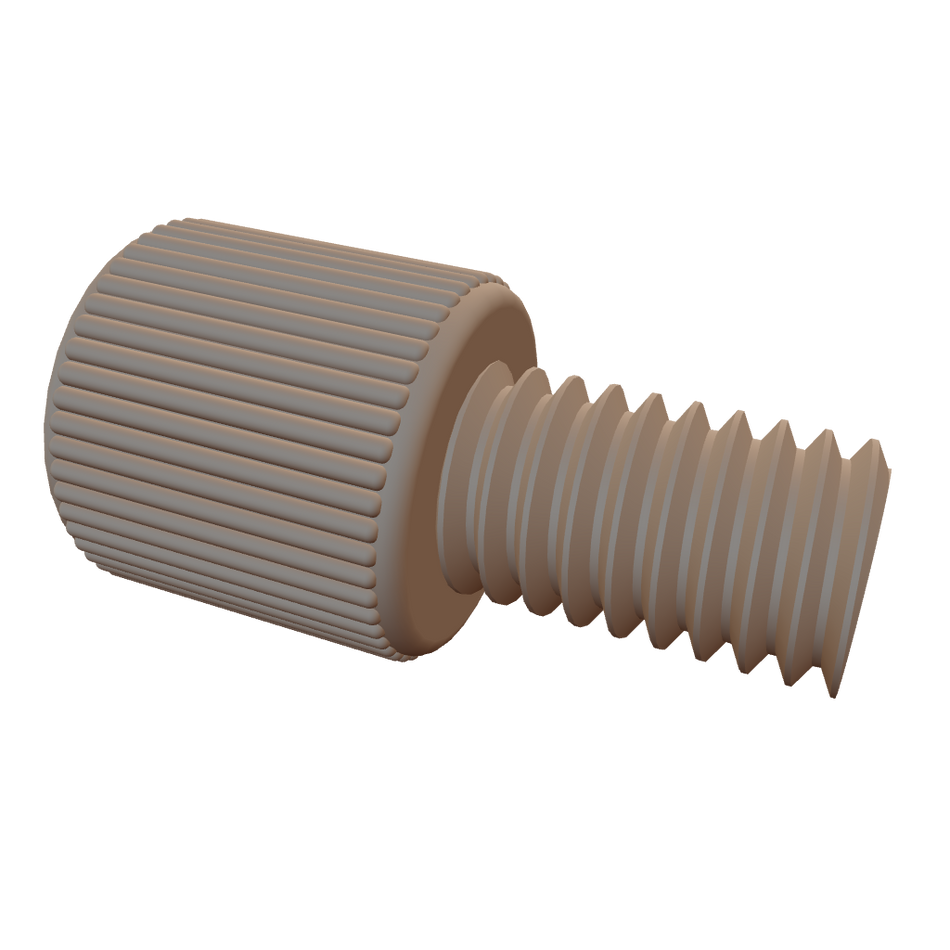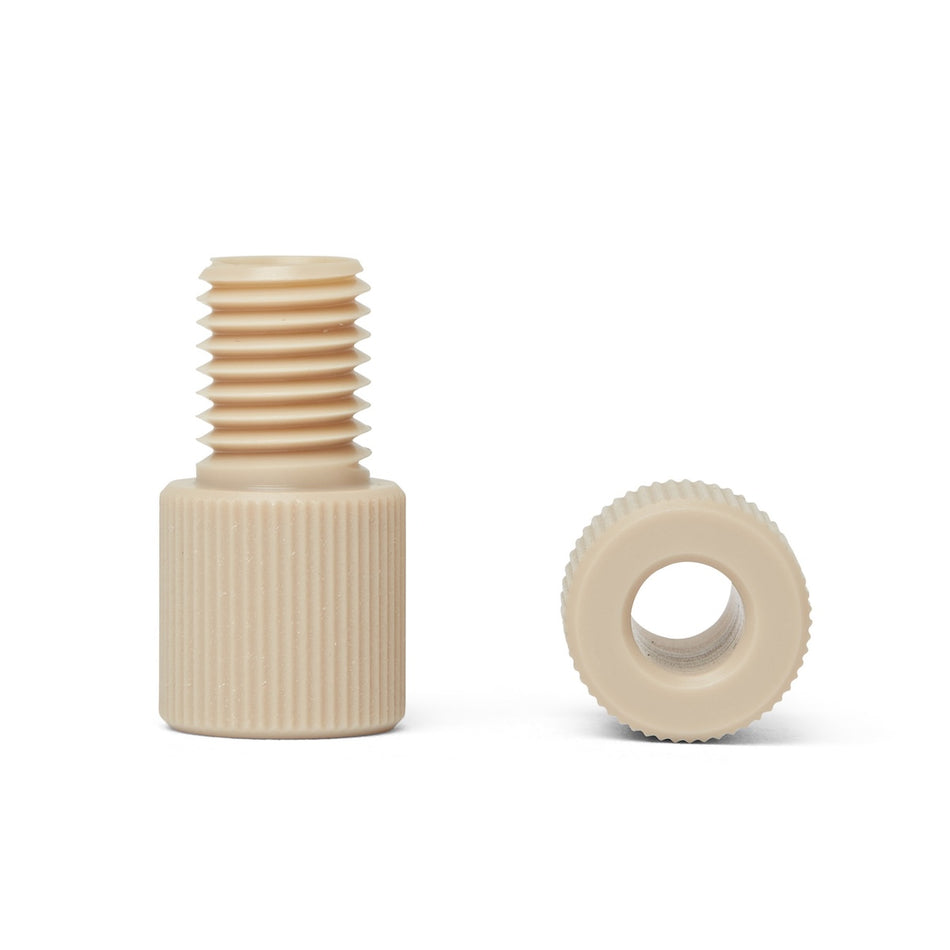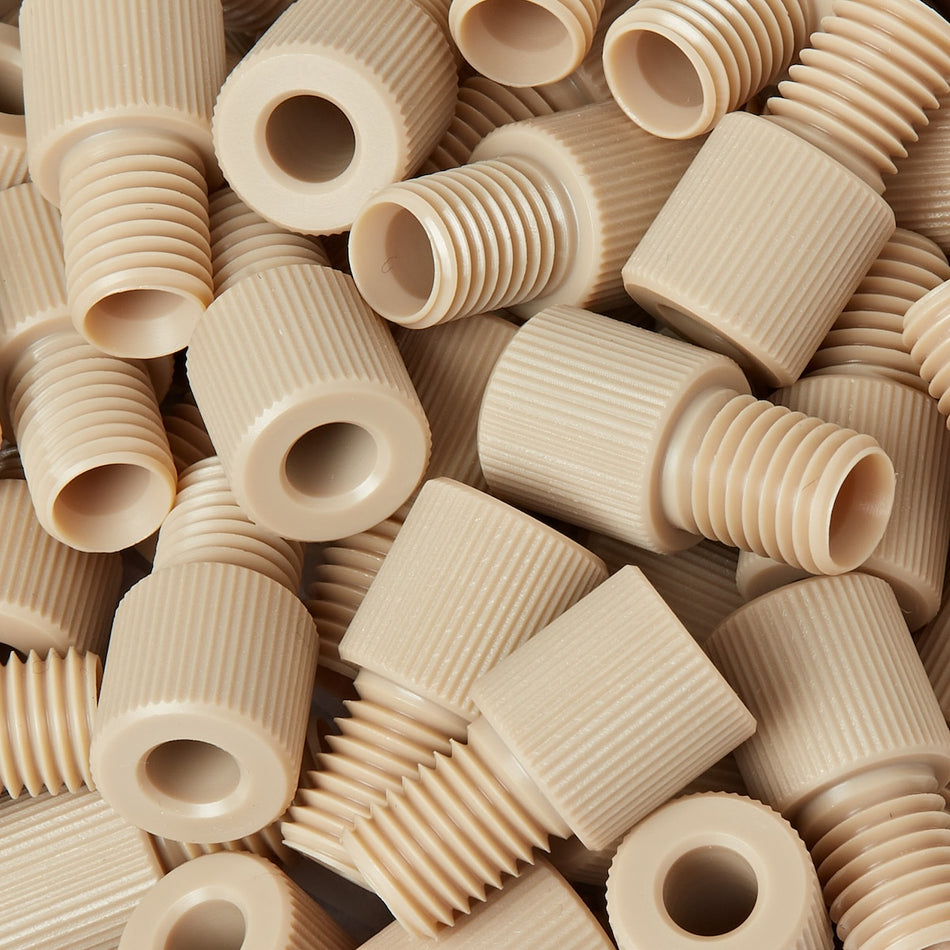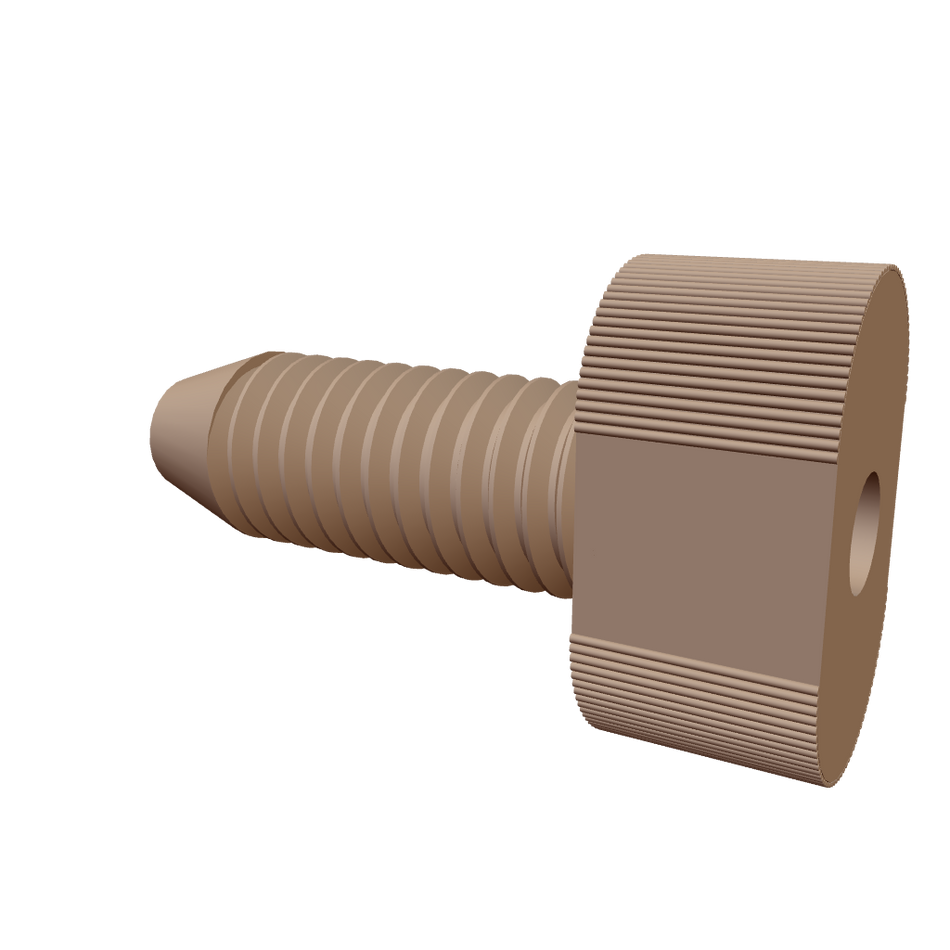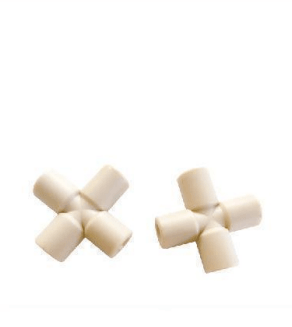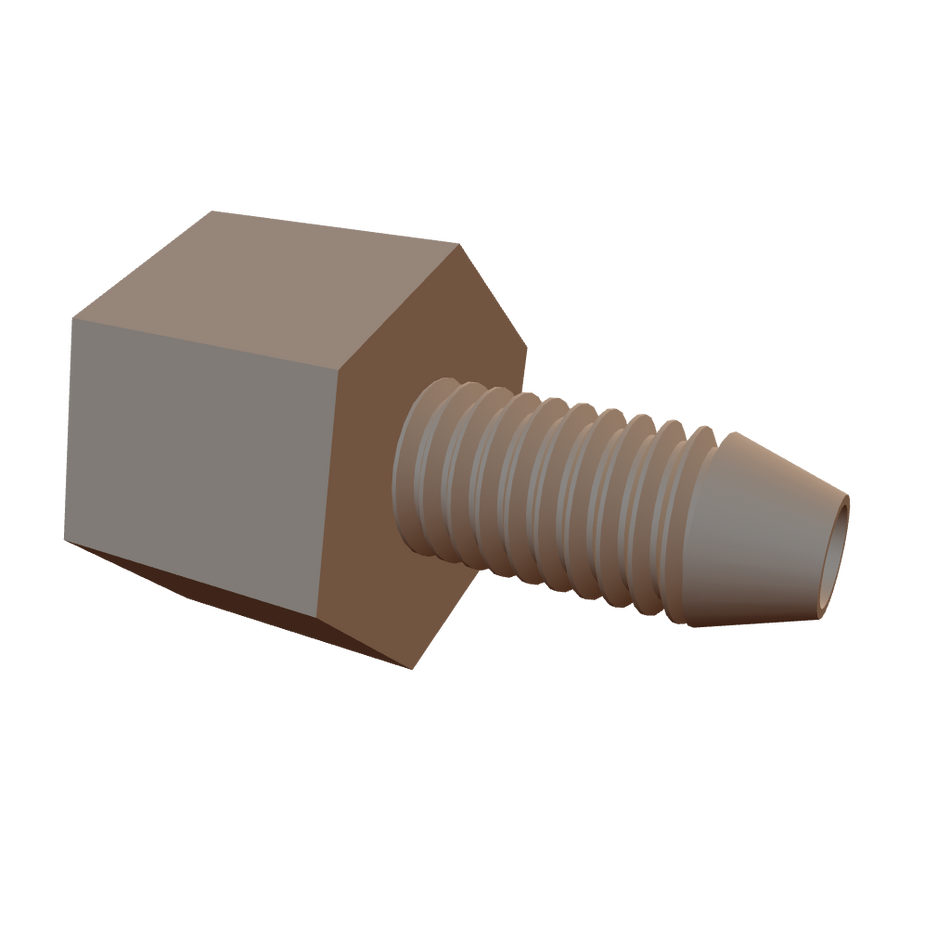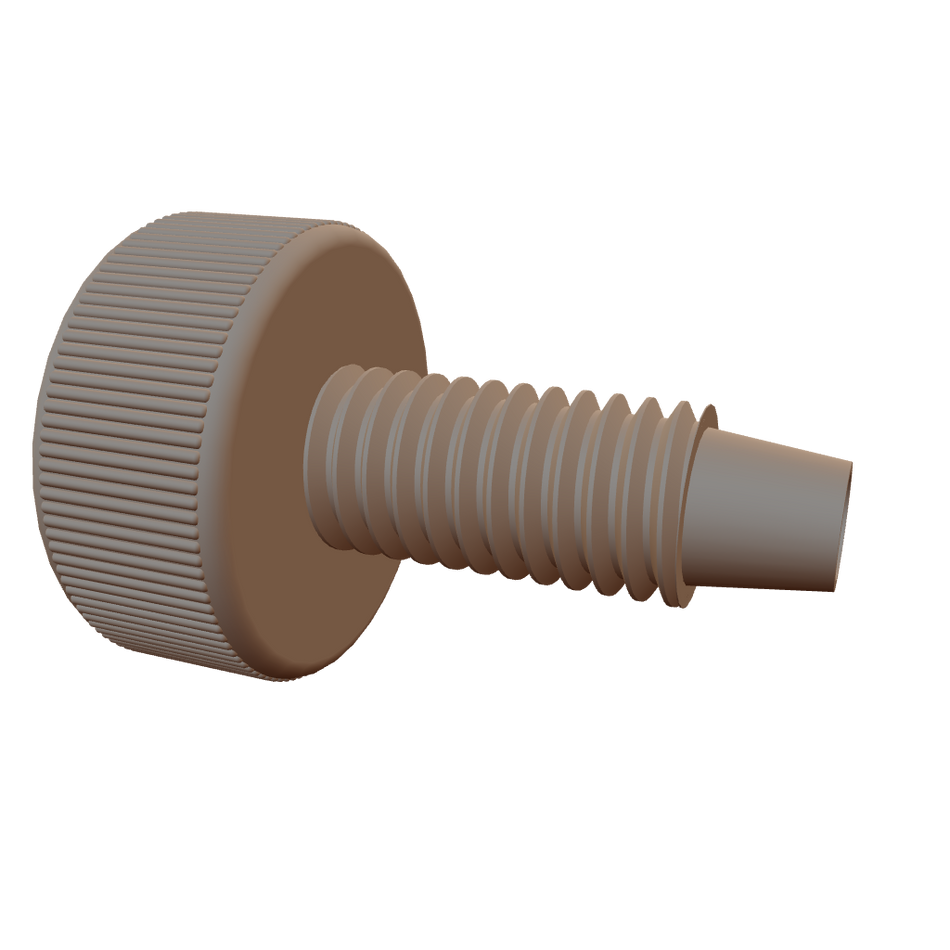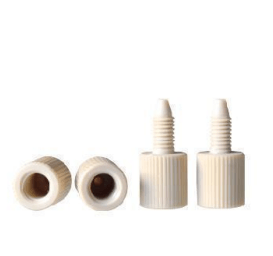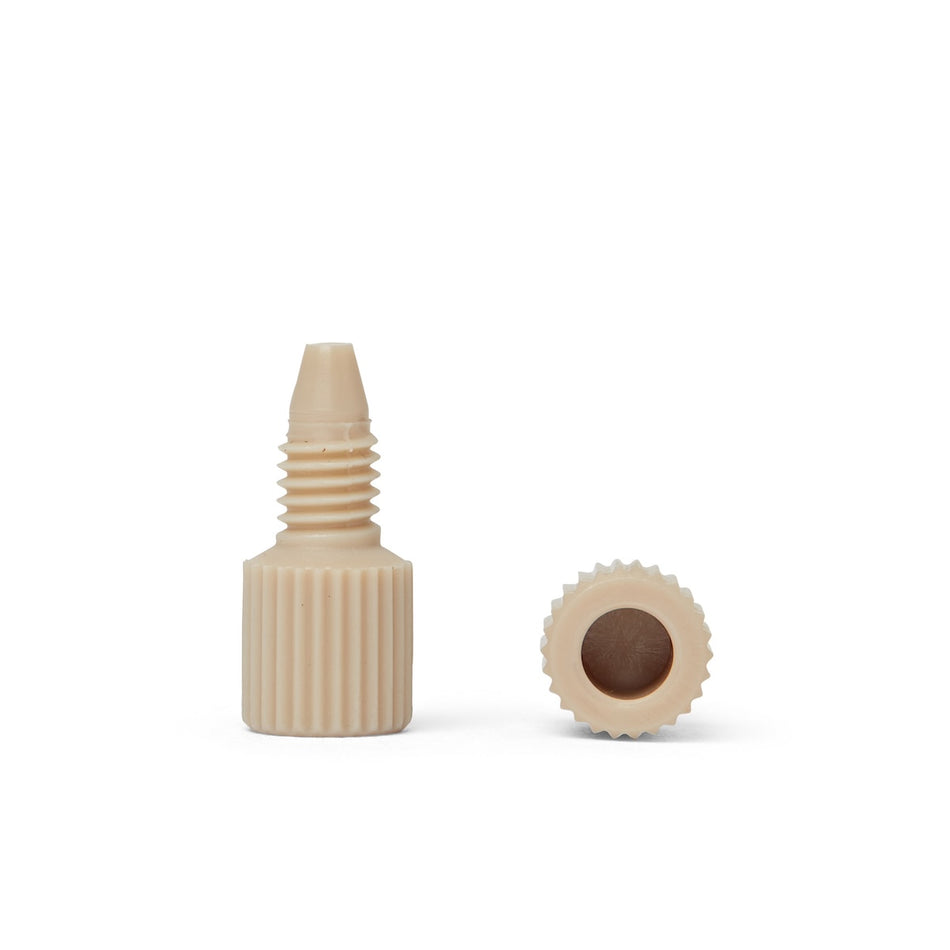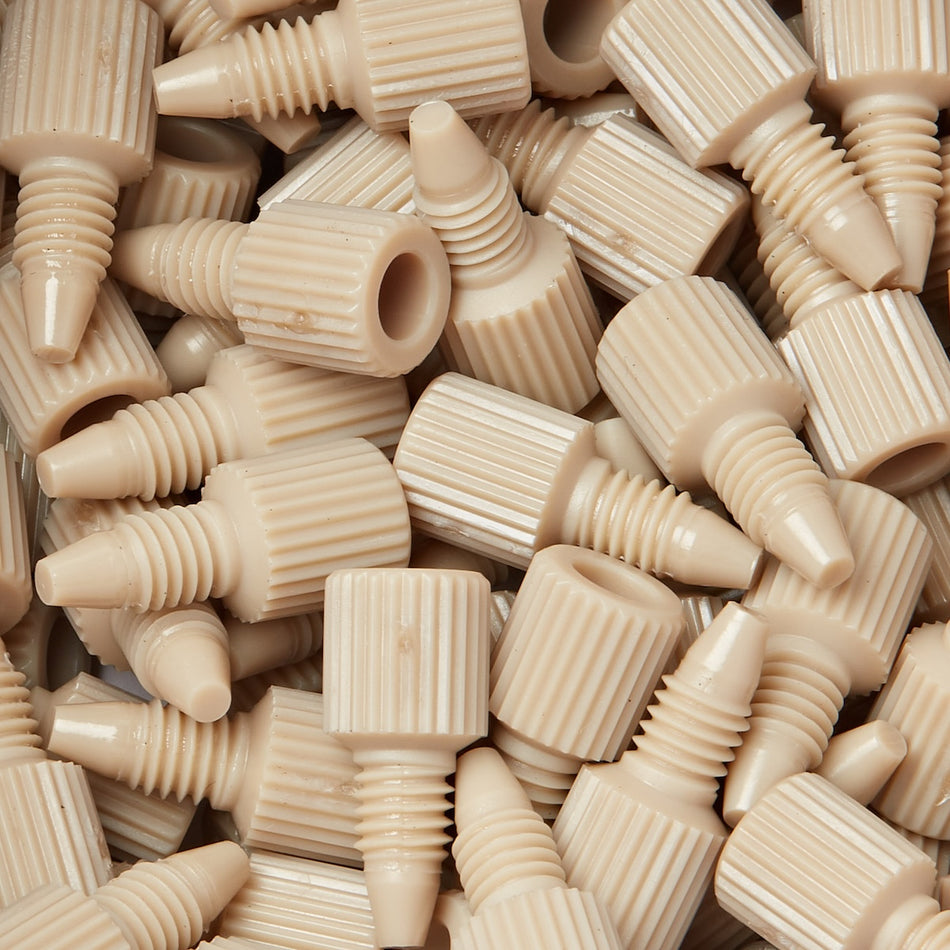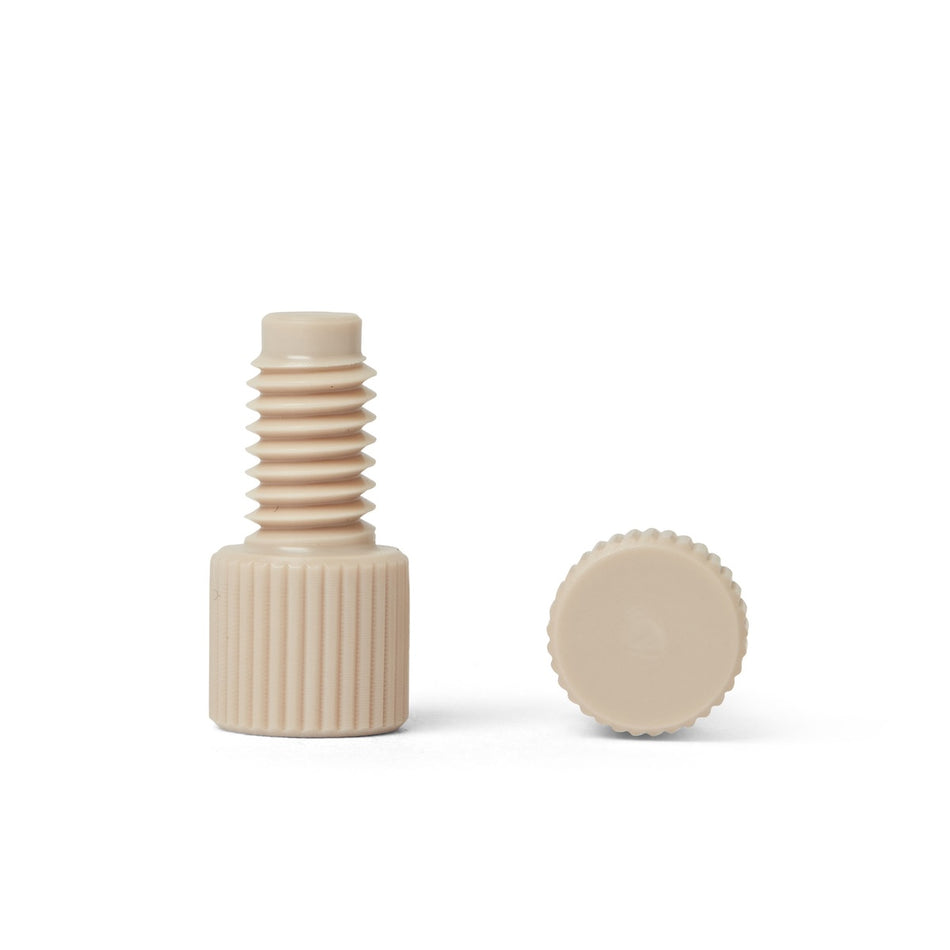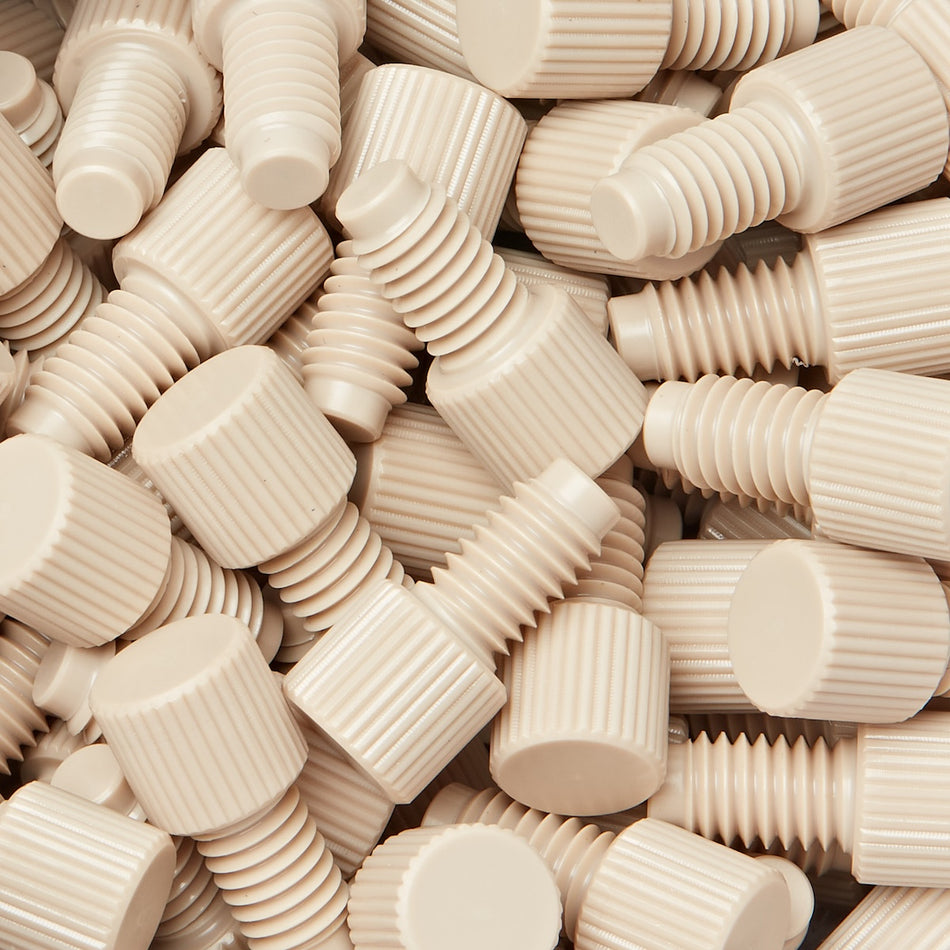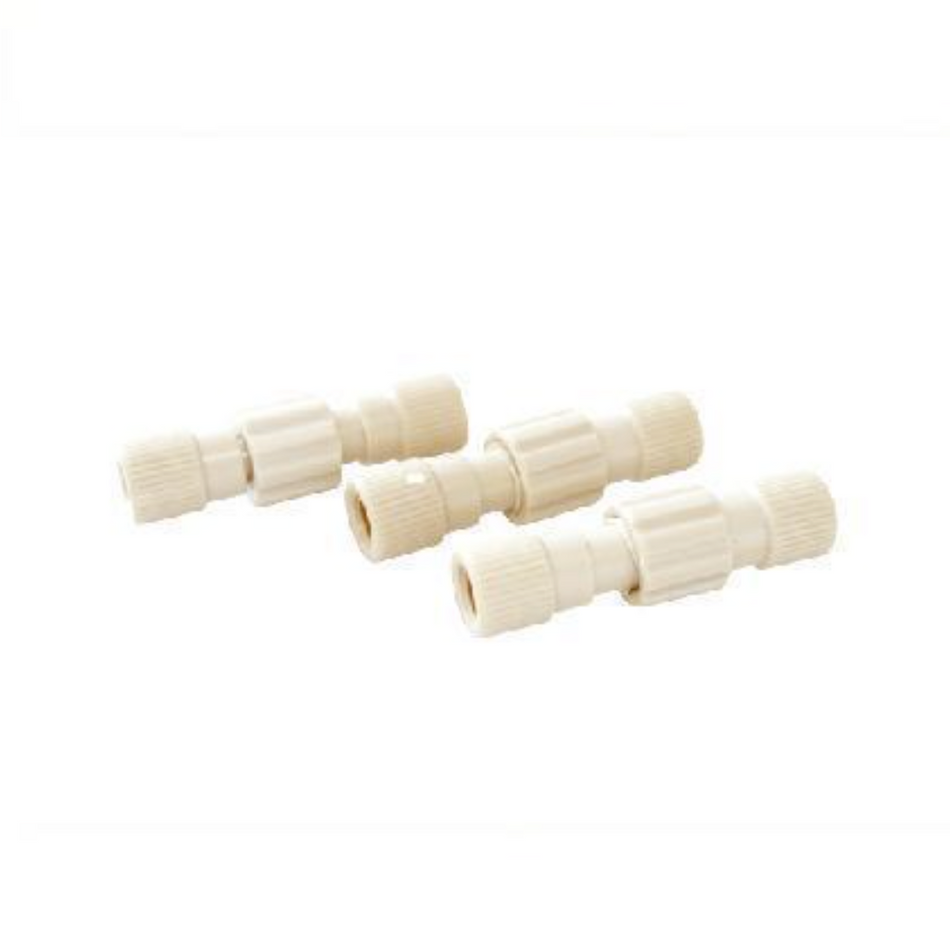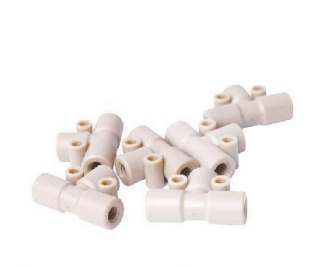123 Producten

Onderwatertechnologie en het gebruik van polymeer schroeven, moeren, bouten en bevestigingsmiddelen
De onderzeese sector, die industrieën zoals offshore olie en gas, hernieuwbare energie (zoals windmolenparken) en diepzee-exploratie omvat, werkt in extreme onderwateromgevingen die robuuste en corrosiebestendige materialen vereisen. Bevestigingsmiddelen van polymeer worden op dit gebied steeds belangrijker vanwege hun lichtgewicht eigenschappen, hoge weerstand tegen corrosie en het vermogen om hoge druk en zware omstandigheden te weerstaan. In tegenstelling tot traditionele metalen bevestigingsmiddelen zijn polymeren, met name geavanceerde technische kunststoffen zoals PEEK (Polyetheretherketone), niet-geleidend, waardoor het risico van galvanische corrosie afneemt wanneer ze samen met andere materialen worden gebruikt. Het gebruik ervan helpt de levensduur en prestaties van onderwaterinfrastructuur te verbeteren en de onderhoudskosten te verlagen.

